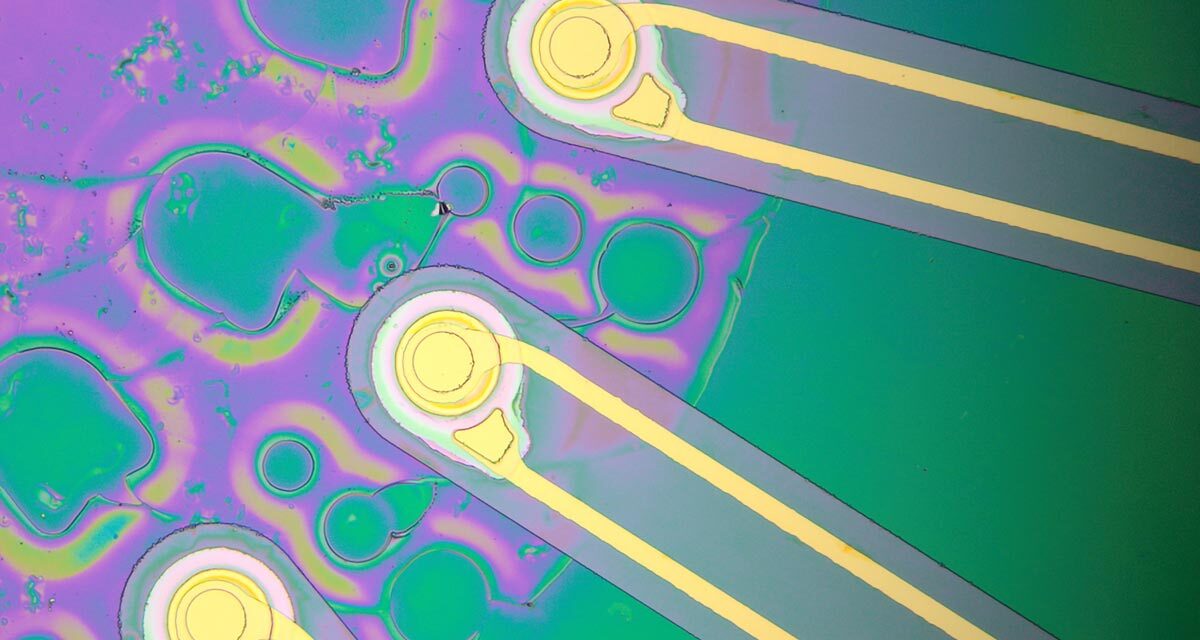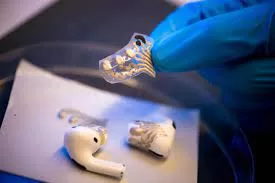MIT engineers have unveiled a revolutionary ultrasound device, heralding a potential paradigm shift in the treatment of neurological disorders. Known as ImPULS (Implantable Piezoelectric Ultrasound Stimulator), this hair-thin implant offers a minimally invasive alternative to traditional electrode-based deep brain stimulation methods used in conditions like Parkinson’s disease.
Deep brain stimulation, a widely adopted therapy involving implanted electrodes that deliver electrical pulses, faces challenges such as tissue damage and electrode corrosion over time. MIT’s innovative approach replaces electrical impulses with ultrasound waves, delivered via a tiny, flexible fiber. This method targets neurons with mechanical vibrations, avoiding the issues associated with conventional electrodes.
“By using ultrasonography, we can create a new way of stimulating neurons to fire in the deep brain,” explains Canan Dagdeviren, senior author and associate professor at the MIT Media Lab. “This device is thinner than a hair fiber, minimizing tissue damage and offering precise navigation within the brain.”
The research, led by MIT graduate student Jason Hou and postdoc Md Osman Goni Nayeem, demonstrates ImPULS’s capability to stimulate neurons responsible for dopamine production in deep brain regions crucial for Parkinson’s treatment. Published in Nature Communications, their study showcases how ultrasound can activate neurons in the hippocampus and substantia nigra, pivotal areas for brain function and disease management.
Unlike traditional methods, ImPULS uses a piezoelectric membrane to generate ultrasound waves, ensuring safety and efficiency without the need for exposed electrodes. The device’s biocompatible components, including a novel ceramic called potassium sodium niobate, promise scalability for human applications and future enhancements.
“Our goal is to provide a research tool that not only treats diseases but also advances our understanding of brain function,” remarks Steve Ramirez, assistant professor at Boston University and co-author of the study. “ImPULS offers precise, long-term brain stimulation without the inflammation or damage associated with current technologies.”
Looking ahead, MIT researchers aim to explore ImPULS’s efficacy over extended periods and its potential to integrate drug delivery systems. This pioneering technology holds promise not only for therapeutic applications but also for unlocking new insights into brain dynamics and neurological disorders.
The study was supported by the MIT Media Lab Consortium and the Brain and Behavior Foundation Research (BBRF) NARSAD Young Investigator Award, underscoring its potential impact on future neuroscience research and clinical practice.
Reference:
“An implantable piezoelectric ultrasound stimulator (ImPULS) for deep brain activation” by Jason F. Hou, Md Osman Goni Nayeem, et al., Nature Communications, June 4, 2024.
This breakthrough not only represents a leap forward in medical technology but also promises new hope for patients and researchers alike in the ongoing quest to understand and treat neurological disorders.











